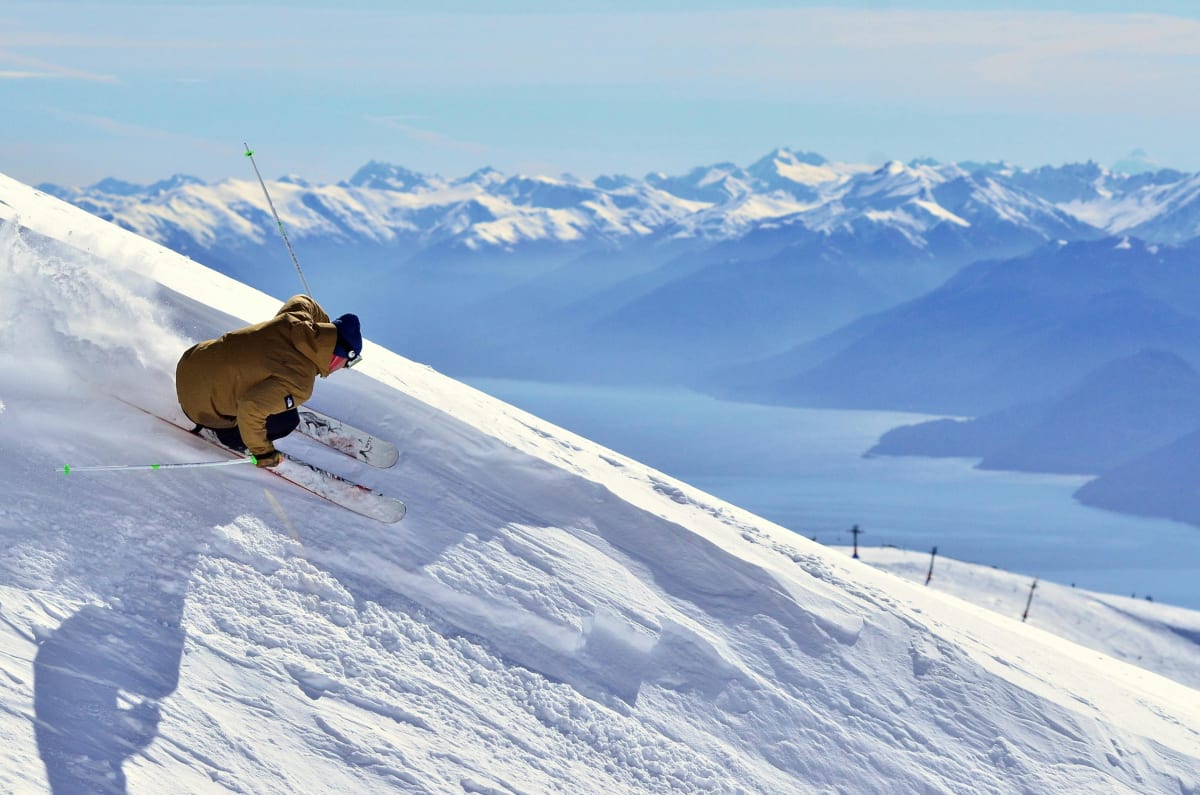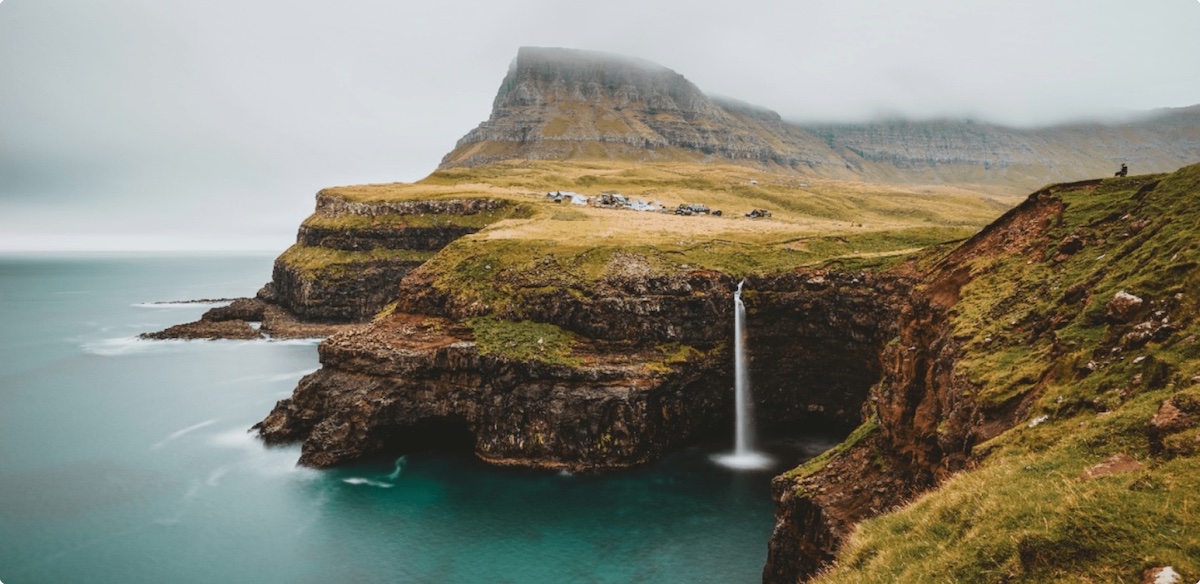Top 10 European destinations to see the Northern Lights
Experiencing the Northern Lights is a bucket-list adventure for many travelers. The stunning display of natural colors dancing across the Arctic sky is truly a sight to behold, making it a once-in-a-lifetime experience. Europe offers some of the best destinations to witness this breathtaking phenomenon. Here’s our list of the top 10 places in Europe to enjoy the Northern Lights, along with tips on the best times to visit and additional activities to make your trip even more memorable.
1. Lapland, Finland
Best Time to Visit: December to March
Finland’s Lapland region is a magical winter wonderland perfect for families. In addition to the Northern Lights, visitors can meet Santa Claus in Rovaniemi, take a reindeer sleigh ride, or stay in a cozy glass igloo. The winter months provide excellent opportunities for aurora viewing, especially from areas like Saariselkä and Ivalo, where light pollution is minimal.


2. Abisko, Sweden
Best Time to Visit: December to March
Abisko is famous for its clear skies and stunning natural beauty, making it one of the best places in Sweden to see the Northern Lights. Located in Swedish Lapland, it features the Abisko National Park, ideal for winter hiking and skiing. While there, don’t miss the chance to visit the Icehotel in Jukkasjärvi, an extraordinary hotel built entirely of ice and snow.
3. Lofoten Islands, Norway
Best Time to Visit: Late September to mid-April
The Lofoten Islands treat you to dramatic landscapes of rugged peaks and serene fjords, providing a breathtaking backdrop for the Northern Lights. The best time for viewing is during the winter months when the skies are dark. While in Lofoten, you can explore charming fishing villages, hike scenic trails, or indulge in traditional Norwegian cuisine at local restaurants.


4. Svalbard, Norway
Best Time to Visit: Late October to mid-February
Svalbard is a remote archipelago known for its pristine wilderness and polar bears. The Northern Lights can be seen here during the Polar Night, when the sun doesn’t rise for several weeks. Beyond aurora viewing, Svalbard offers activities like glacier hiking and dog sledding, making it a thrilling destination for adventurous travellers.
5. Isle of Skye, Scotland
Best Time to Visit: November to February
The Isle of Skye, one of Scotland's most scenic and wild islands, offers a fantastic opportunity to witness the Northern Lights. Known locally as the "Mirrie Dancers," the auroras can be spotted from various remote locations around the island. Check out places like Neist Point or the Quiraing for the darkest skies and stunning coastal views.
Apart from aurora hunting, the Isle of Skye is famous for its rough landscapes, steep cliffs, and enchanting fairy pools. Visitors can explore medieval castles like Dunvegan, hike the Old Man of Storr, or enjoy local Scottish cuisine in cozy pubs.


6. Kiruna, Sweden
Best Time to Visit: December to March
Kiruna, the northernmost town in Sweden, is an excellent base for Northern Lights adventures. The dark skies and cold climate create perfect conditions for aurora viewing. While there, visitors can also experience the unique Icehotel, go on snowmobile safaris, and take part in Sami cultural experiences, such as reindeer herding.
7. Akureyri, Iceland
Best Time to Visit: Late September to mid-April
Akureyri, is a charming town with plenty of opportunities to witness the Northern Lights. For example Lake Mývatn or the small town of Húsavík offer some of the best chances. But there's much more to do here. You can soak in the Mývatn Nature Baths, often referred to as the "Blue Lagoon of the North," or explore the geothermal fields of Námaskarð. Winter visitors can also enjoy skiing at Hlíðarfjall or take a whale-watching tour from Húsavík, famous for its rich marine life.


8. Jotunheimen National Park, Norway
Best Time to Visit: Late September to March
Jotunheimen National Park is known for its breathtaking mountain scenery and offers excellent opportunities for viewing the Northern Lights. The park's remote location and high altitude provide minimal light pollution, enhancing your chances of seeing the auroras. While in the area, you can hike numerous trails, explore the stunning glacial landscapes, and discover local wildlife.
9. Faroe Islands
Best Time to Visit: October to March
The Faroe Islands offer a secluded experience compared to more popular aurora hotspots. The islands' isolation and lack of light pollution make them ideal for aurora hunting. Head to remote locations like Saksun or Gjógv for excellent chances of catching the lights in a peaceful, dramatic setting.
The Faroe Islands also offer stunning natural attractions, such as steep cliffs, waterfalls (like the famous Múlafossur), and picturesque villages. Hiking, bird-watching, and exploring the Viking history of the islands are great activities too.


10. Saaremaa Island, Estonia
Best Time to Visit: Late September to March
Located in the Baltic Sea, Saaremaa is Estonia's largest island and is known for its untouched nature, low light pollution, and calm atmosphere, making it an excellent spot for viewing the Northern Lights. The island is also rich in history and natural beauty. You can explore the Kaali Meteorite Crater, visit the medieval Kuressaare Castle, or relax in local spas that draw on Estonia’s traditional sauna culture.
With these ten stunning destinations across Europe, you will not only enjoy the Northern Lights but also get to know unique local cultures and activities. So get ready for an unforgettable journey beneath the dancing lights!
Discover more
Ravlling is a proud partner of almost 100 local tourist offices










